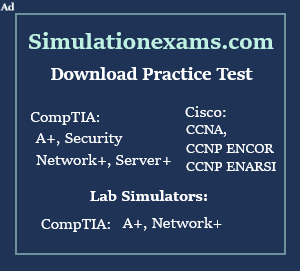Wireless Broadband Technologies: Wimax Features
5. Adaptive modulation and coding (AMC): WiMAX supports a number of modulation and forward error correction (FEC) coding schemes and allows the scheme to be changed on a per user and per frame basis, based on channel conditions. AMC is an effective mechanism to maximize throughput in a time-varying channel.
6. Link-layer retransmissions: WiMAX supports automatic retransmission requests (ARQ) at the link layer for connections that require enhanced reliability. ARQ-enabled connections require each transmitted packet to be acknowledged by the receiver; unacknowledged packets are assumed to be lost and are retransmitted.
7. Support for TDD and FDD: IEEE 802.16-2004 and IEEE 802.16e-2005 supports time division duplexing and frequency division duplexing, as well as a half-duplex FDD, which allows for a low-cost system implementation.
8. WiMAX uses OFDM: Mobile WiMAX uses orthogonal frequency division multiple access (OFDM) as a multiple-access technique, whereby different users can be allocated different subsets of the OFDM tones. Flexible and dynamic per user resource allocation: Both uplink and downlink resource allocation are controlled by a scheduler in the base station. Capacity is shared among multiple users on a demand basis, using a burst TDM scheme.
9. Support for advanced antenna techniques: The WiMAX solution has a number of hooks built into the physical-layer design, which allows for the use of multiple-antenna techniques, such as beam forming, space-time coding, and spatial multiplexing.
10. Quality-of-service support: The WiMAX MAC layer has a connection-oriented architecture that is designed to support a variety of applications, including voice and multimedia services.
11. WiMAX system offers support for constant bit rate, variable bit rate, real-time, and non-real-time traffic flows, in addition to best-effort data traffic.


